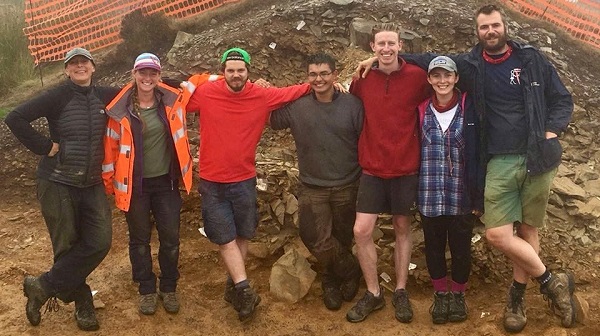
With the ACE field school now moved to Norton Priory, a small but perfectly-formed team completed the former field school site at the Penycloddiau Hillfort between 15 July - 11 August. The excavations worked to train eight students, in partnership with the Institute for Field Research (IFR Global), alongside onward employability training for recent graduates.
2018 was not only the final year for excavations at Penycloddiau, but also for neighbouring University of Oxford excavations at our sister-site of Bodfari Hillfort, under direction of Prof. Gary Lock. The PEN18 excavations saw completion of a 36 x 8 m open-area trench across the hillfort earthworks, with the 12 x 12 m house platform trench completed in 2017.
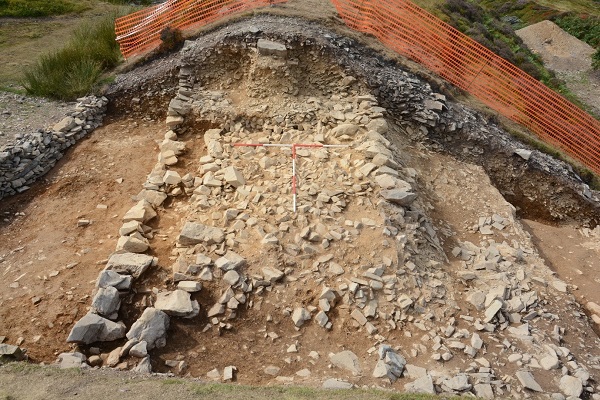
This year we focused on a forensic deconstruction of the hillfort’s inner vallum, with two phases of construction identified:
- Phase 1: built of glacial boulders (0.9 m high) – akin to those at the ditch’s cut edge. The line of the interior face had been laid out with boulders, alongside levelling activity downslope, of timber and stone box construction. This had been burned, and a turfline grown prior to Phase 1 construction – revealing time-depth, and pauses in construction.
- Phase 2: a re-facing of the Phase 1 vallum (1.9 m high) utilising the internal quarry scoop, and identified as the middle earthwork at the hillfort’s eastern entrance. Constructed of long, thin earth-filled boxes. The transverse element of the boxes used a grey clay bonding material – something not considered prehistoric building practice; making this an important find. So too the capping of the vallum with lime, for waterproofing. An external walkway (excavated in 2017) which re-fashioned the ditch edge was also of this phase.
Excavation on a stone-by-stone basis revealed that box construction took place ‘in the round’: a foundation course was laid around the monument, then transverse elements built, and each box filled with earth, prior to a second course being laid, and the box filled again. As such, the Iron Age builders worked their way around the hillfort, building up the new face in layers.
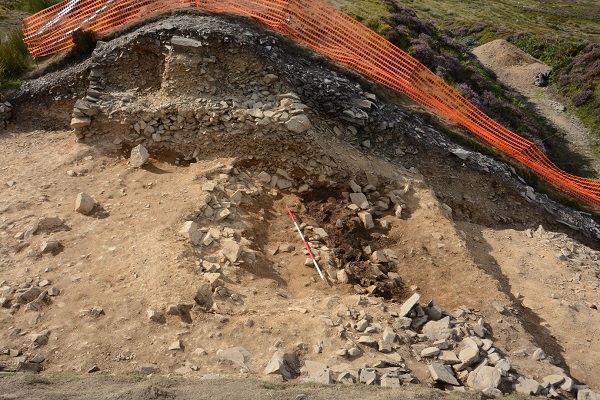
Removal of the Phase One vallum revealed a Late Bronze Age palisade – on a slightly different alignment, but apparently not too separated in time. This housed an in situ double-skinned wattle fence (preserved via carbonization), with the rods still woven around small uprights.
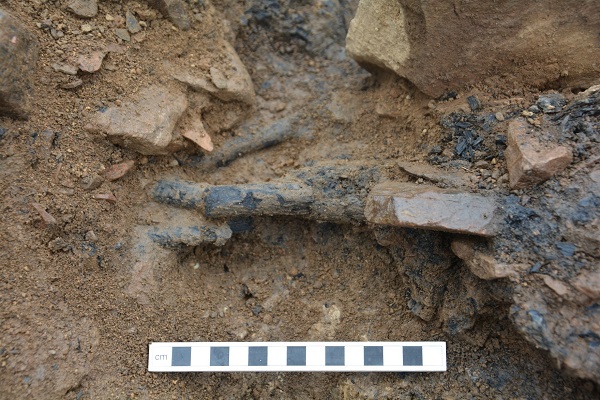
Fully recorded, and sampled, initial analysis by Dr Ceren Kabucku revealed the wattle to be fast-grown hazel (10-12 years) and suggestive of coppicing – this complements our environmental coring (2015) which also revealed oak coppicing. Beneath the palisade was an unburnt posthole, with a further palisade trench – sadly fairly destroyed by ditch construction.
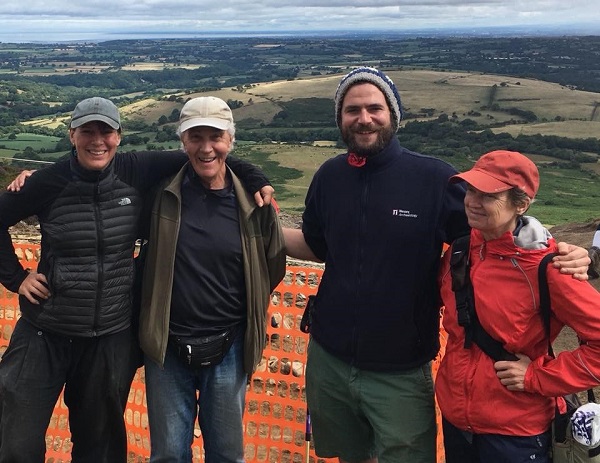
We were also very pleased to host a final site visit by Graeme Guilbert and Daryl Garton. Trained by Leslie Alcock, and one of the original members of Rescue Archaeology, Graeme is very exacting when it comes to excavation methods. It has been an honour to call Graeme a friend of the Penycloddiau excavations, and we have benefited greatly from his mentoring.
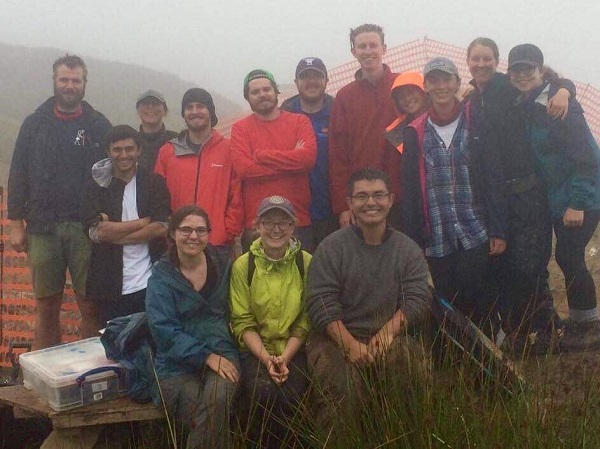
Student feedback from the 2018 season rated the learning experience at 100%. We are very happy to report that across all six seasons – even when we were at 80 people – our average IFR student feedback is a glowing 97%. A great end to a great project. So a big thank you to six cohorts of Liverpool and IFR students – we genuinely couldn’t have done it without you!
Discover more
- Study a course in the Department of Archaeology, Classics and Egyptology.